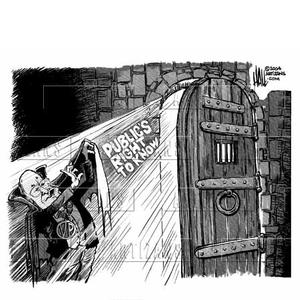
Looks like Japan isn’t the last country to figure out asbestos is bad for you after all:
Friday, September 9, 2005
Japanese Labor Unions Ask Canada To Stop Exporting Asbestos
TOKYO (Kyodo)–Three Japanese labor unions including one comprising construction workers requested in a joint action on Friday that Canada, the biggest single supplier of asbestos to Japan, stop exporting the carcinogenic mineral, union officials said.
Representatives of the unions delivered a letter of request to the Canadian Embassy in Tokyo saying that ”60 percent of asbestos used in Japan is imported from Canada. We would like the export promotion policy to be terminated, given the hazardous nature of white asbestos has been confirmed.”
Canada is the third biggest producer in the world of white asbestos, a type of the mineral known to be relatively less carcinogenic than other types.
The request was made by the All Japan Construction, Transport and General Workers Union, National Confederation of Trade Unions and the Liaison Conference of Public Promotion of Public Works Related to People’s Life.
The embassy told the unions that they will refer the matter to Ottawa and promised to offer a reply in writing, according to the union officials.
The move was part of a global action by labor unions belonging to the Trade Unions International of Building, Woods and Building Materials Industries. Similar requests have also been filed with Canadian diplomatic missions in 12 countries including Australia and Colombia.
The All Japan Construction, Transport and General Workers Union, which led the action on Friday, has 46,900 members. It is affiliated with the two other unions.
Asbestos is a fibrous mineral used in buildings, among other things, which is known to cause diseases such as mesothelioma and lung cancer even many years after being inhaled.




